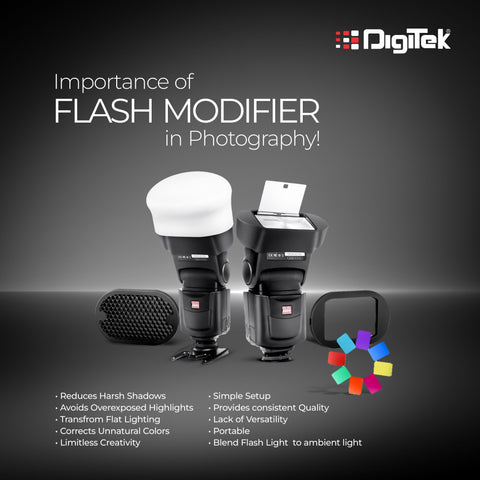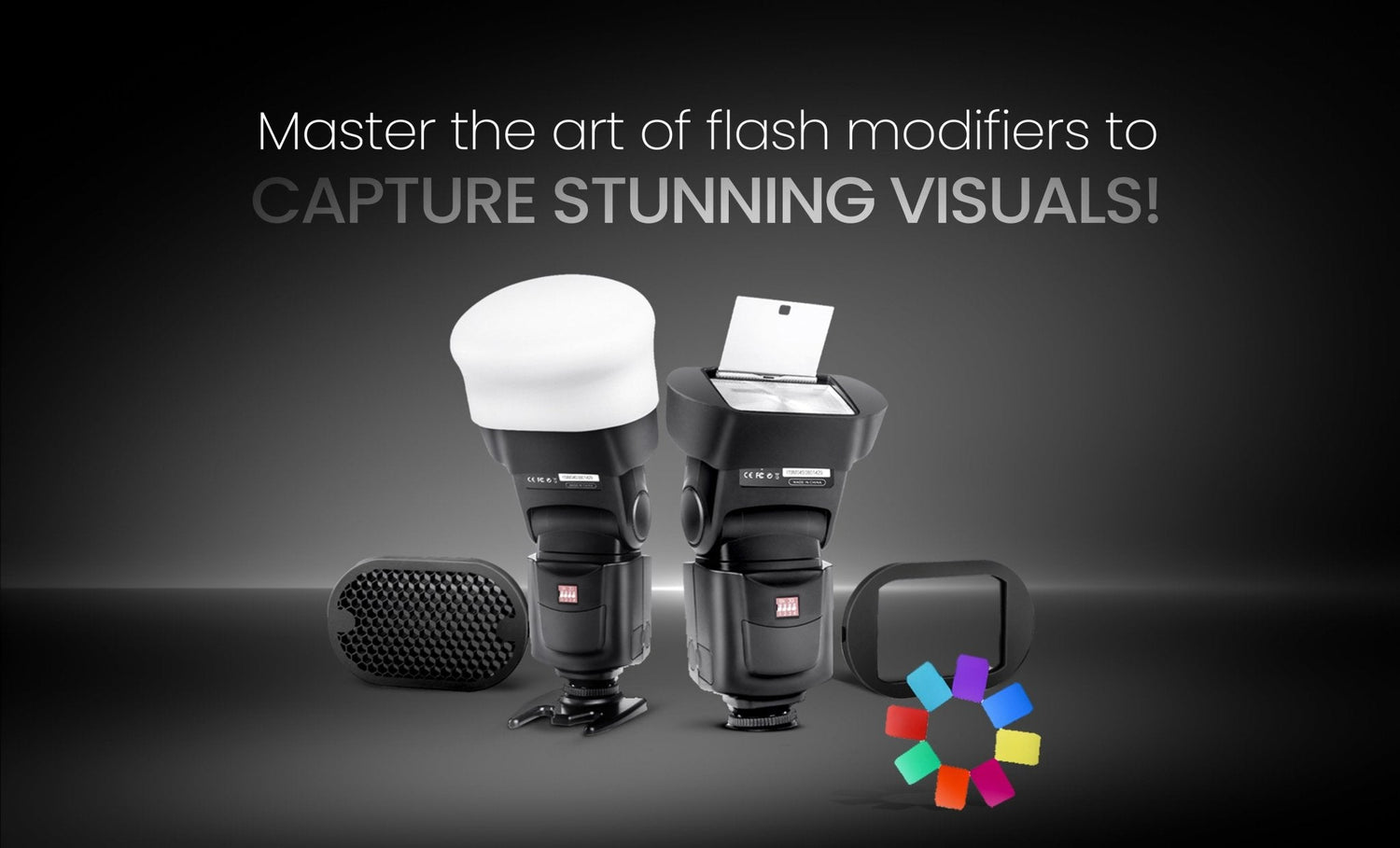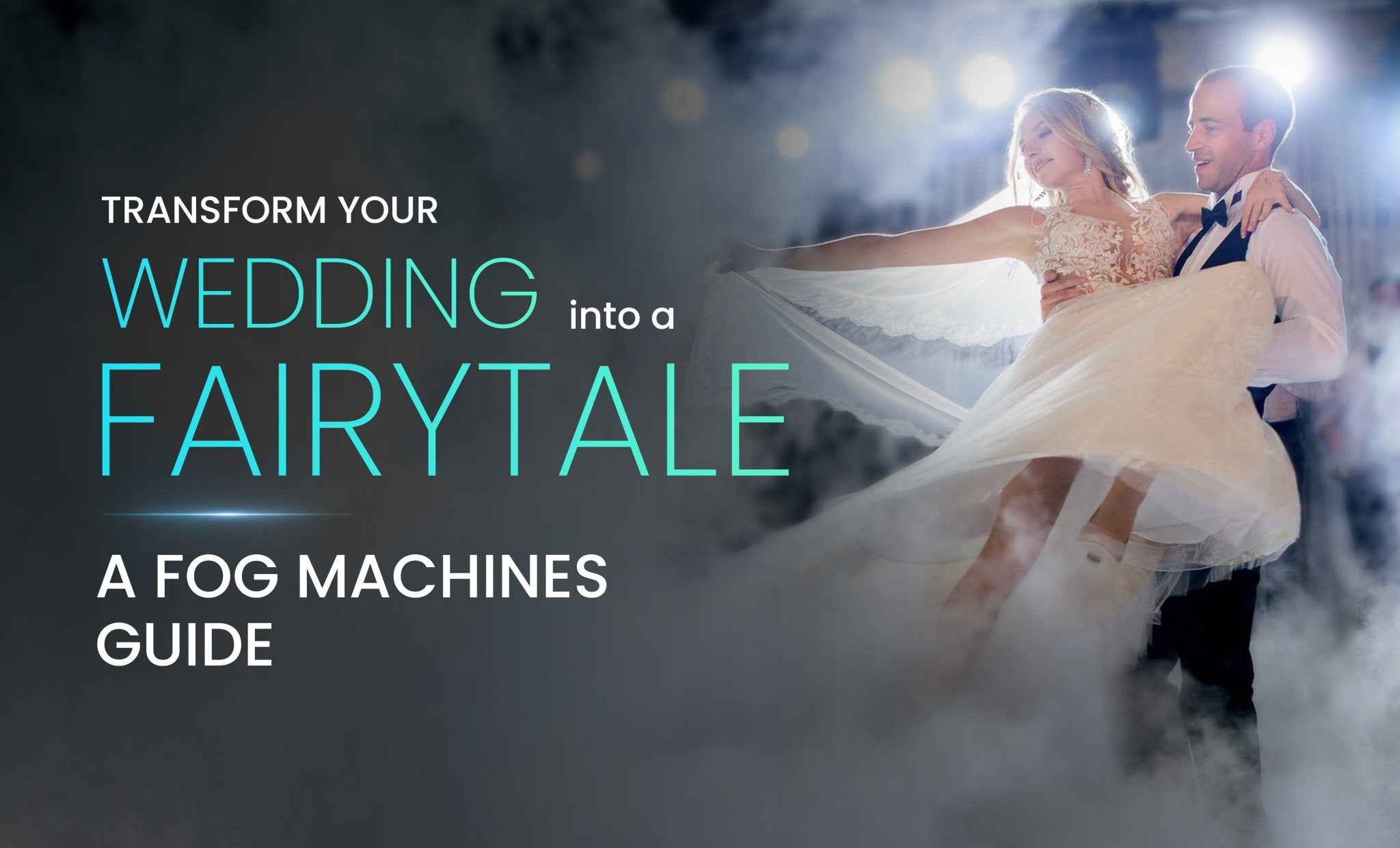Flash modifiers in photography are used to change the quality, color, shape, and direction of light. The use of the right modifier depends on the creative vision and intent of use. Further down the article, you will get a complete overview of the different flash modifiers that are available in the market, so you can decide which is the right modifier for your particular photography sessions.
Complete Guide on how to flash modifier!
What is a flash modifier?
A flash modifier can be classified as a tool used along with a flash to alter or modify the light emitted. Flash modifiers can be used with both speed lights and speed lights, but not all modifiers are interchangeable. As the name suggests, modifiers are used to somehow adjust the light coming from the flash to suit your needs as a photographer.
Different Types of Flash Modifiers And What They Do?
Flash modifiers are important for lighting a shot without giving the image a “flash” effect, although this depends a bit on the scenario. Different types of lightning modifiers serve different purposes; Some are versatile, while others are only used for a few types of shooting.
Diffusion Dome
A diffusion dome looks like a small plastic cap that fits on the end of a viewpoint This is usually one of the first modifiers that new photographers apply, and many leave these domes on the flash almost 24/7. Because? A diffusion dome distributes the light so shadows are not as strong and flashes are not as noticeable. They are as easy to use as attaching them to the end of the flash and inexpensive too.
Softbox
A softbox is similar to a diffusion dome, but because it has a larger surface area, it tends to diffuse light a little more than a simple lid. This diffusion helps eliminate shadows and gives your photos a more natural look. However, they are larger and somewhat more bunglesome than a simple dome lid. Luckily, most are still fairly affordable.
Reflector or Bouncer
A photo reflector or bouncer is a flash modifier designed to reflect light when there is nothing to reflect it from. It looks like a small, thin piece of material that attaches to the top of the flash. When the flash head is pointed toward the sky, the light hits the card and is reflected to the subject. Most flash reflections are flexible, allowing you to set them to reflect in a general direction. It can be a little more difficult to direct light in the right direction than simply attaching a diffuser, but reflectors tend to lose less light compared to a diffuser and are therefore better suited to subjects that are a little further away from the flash.
Beauty Dish
While most flash modifiers ensure that the flash goes unnoticed, the Beauty Dish is a little different. A beauty dish is more like a silver bowl. This reflective surface makes the light from the flash appear larger without spreading it over a large area like a diffuser. Beauty dishes don't hide shadows, they exploit them. Instead, beauty plates create an angular light that highlights the shapes and curves of a person's face. They work well for dramatic portraits and athlete photos.
Snoots
A snoot is not designed to diffuse light like a diffuser but to concentrate it in one place. Snoots are often used for dramatic lighting, illuminating the subject and only the subject, rather than illuminating the entire shot like a traditional flash. The attachment looks like a tube that fits over the end of the flash and concentrates it in one area. The best snoots are adjustable, allowing the photographer to control the size of the area illuminated. When using a snoot, you should adjust your camera's flash settings to the highest focal length for optimal results.
Grids
A grid acts similarly to a snoot as it limits the light to a smaller area. Why buy a grid instead of a snoot? Grids have a similar light source, but the shadows fade (like a gradient) and don't end in a sharp line. Grid tends to be a little more expensive than snoots, but the smoother edges are usually worth it.
Colored Gels
Color gels are simply transparent pieces of color that fit over the flash and change the color of the light. For example, a flash is necessary to avoid a silhouette if you're taking a portrait at sunset. However, the bright flash does not match the ambient light. By applying an orange gel over the flash, this burst of light mixes with the ambient light, again preventing the “flash” effect. It's also fun to play with colored gels to create unusual lighting effects. flash modifiers come in various shapes, and sizes Color gels are simply transparent pieces of color that fit over the flash and change the color of the light.
What are the benefits of using a flash modifier?
The flash modifiers offer some surprising advantages over using plain flash. Modifiers allow you to adjust the light in many different ways to suit your artistic vision:
- Soften your light: The light from simple flash photography is very bright. Using a modifier diffuses the light, making it softer and more flattering. With the right technique, you can use flash to recreate the beautiful window light that every photographer raves about.
- Control your light: Direct or dim the light so that only the parts of the scene you want to illuminate receive light.
- Spread your light: Distribute the light over a large area.
- Color your light: The gels in your Speelight or strobe can color your light.
How Does Lighting Affect Your Photography?
Whether you photograph portraits, landscapes, or still the fact is that your lighting decisions are influenced by both of these things. The first is the features and characteristics of your subject and the second is how you want them to appear in your photo. Hard light, for example, is sharper and highlights curves and any surfaces that are not completely flat, such as a beach wave or a supermodel with impure skin. However, soft light softens comparable imperfections.
Different Types of Light!
Natural Light
Natural light is the type of light that produces illumination instead of any human intervention. It could be the melting light that comes directly from the sun during the day and from the moon at dusk. It could also be light scattered by clouds or fog.
What is meant by natural light in Photography?
There are two main types of light in photography: natural light and artificial light. Daylight is light that occurs naturally without manual intervention.
Additionally, this organic light can be perfect for photography and does not require the creation of artificial light.
Backlight
Photography takes place when the light source is focused directly behind the subject and the subject is exactly between the camera and the light. This is the perfect time to play with shadows and extend them in any photo.
What is backlighting in photography?
In photography, backlighting can be a great choice in several situations:
If you want to highlight a product, such as a piece of jewelry or a book, by lighting around that product, then this may be ideal for you. If you want to backlight outdoor portraits, ignore the sky, adjust your body skin tones, and shoot at golden hour.
When should you use a backlight?
In photography, backlighting could be a great option in some cases:
- If you want to highlight a product, such as a piece of jewelry or a book, by lighting up a border around it, then it could be great for you.
- If you want to backlight outdoor portraits, ignore the sky, adjust your body skin tones, and shoot at golden hour.
Fill Lighting
In photography, fill light is a lighting process that makes visible the features and shapes of a subject that are obscured by the shadow of the main light. In a typical three-point lighting system, the fill light is the secondary source.
What is fill lighting in Photography?
The term fill light is often referred to as a technique that uses a light source to illuminate the shadows of a subject. In the typical three-point lighting arrangement, the fill light is a single source. It could be a deciding factor in any lighting setup.
When should you use Fill Lighting?
The fill light can be used at any time, for example during the day or at dusk. But it might be better to use it in some contexts.
- With this lighting, brightness, thickness, and depth could be calculated.
- Additionally, it is more useful for creating more even lighting and highlighting a subject's features and shapes.
Hard Light
Hard light is a direct light source that is focused on the subject. It can be sunlight, a steady light, or a flash. Because hard light is so strong and directional, it creates deep, sharp, and well-defined shadows. Bright light is ideal for spectacular images with lots of contrast.
Soft Light
Soft light is much less directional than hard light and is usually produced from a larger, more diffuse source, such as an overhead net or a softbox. It typically doesn't hit the subject too harshly and creates softer, more diffused shadows. Soft light works well for portraits and still-life photography as it flatters the subject more.
Directional Light
Directional light in photography is simply light that comes from a specific direction. Light can enter from the left chamber, right chamber, above, or below. Directional light is the opposite of flat light, which is uniform light from the same direction as the camera.
With and Without Flash Modifiers!

Flash modifiers photography can dramatically change the quality of photos by changing the way the flash illuminates your subject and scene. Below are some typical effects in photos before and after using flash modifiers:
Without Flash Modifiers:
- Hard Shadows: Direct flash can create harsh, harsh shadows behind and around your subject.
- Overexposed Highlights: Areas hit directly by the flash may appear overexposed or washed out.
- Red-eye: Direct flash, especially from the camera's built-in flash, often causes red-eye in portraits.
- Flat Lighting: Without modifiers, flash lighting can be very flat, with no depth or dimension, making the subject appear less vibrant.Glare and reflections: Direct flash can cause unwanted glare or reflections, especially on shiny surfaces or in photos of people wearing glasses.
With Flash Modifiers:
- Softer Shadows: Modifiers like softboxes and umbrellas diffuse light, softening shadows and making them less defined and more natural.
- Evenly Lit Subjects: By diffusing light, flash modifiers photography ensure light falls more evenly on your subject, reducing overexposed areas and balancing exposure.
- Red-eye reduction: Using an external flash with modifiers placed away from the lens axis can significantly reduce or eliminate the red-eye effect.
- Dimensional Lighting: Modifiers can help create more dimensional and dynamic lighting, adding depth to the image and highlighting subject features in a more flattering way.Controlled Reflections: With the ability to shape and direct light, modifiers such as bumps and slats can minimize unwanted reflections and glare.
Why Digitek DFB 001 is the best choice for your photography sessions!
Have you heard about the Digitek (DFB 001) Professional Flash Accessories?
The Kit uniquely stands out as the ultimate choice for photographers who aim to transform their flash photography. The accessories is Universally compatible and the kit offers a wide range of modifiers, including
- Diffusers
- Reflectors
- Color gels
This makes sure that the needs of diverse and professional photographers are met perfectly. Makes sure that it meets the diverse needs of both amateur and professional photographers a like. The amazing versatility allows easy creative lighting setups in almost any environment, completely transforming the harsh flashes into soft and flattering light. The pack comes with easy-to-use attachments that simplify switching between modifiers and making efficient for photographers to adapt the changing scenes and lighting conditions. The quality, creativity, and convenience of Digitek DFB 001 come hand in hand, making it an unparalleled choice for your photography portfolio.





Leave a comment
This site is protected by hCaptcha and the hCaptcha Privacy Policy and Terms of Service apply.